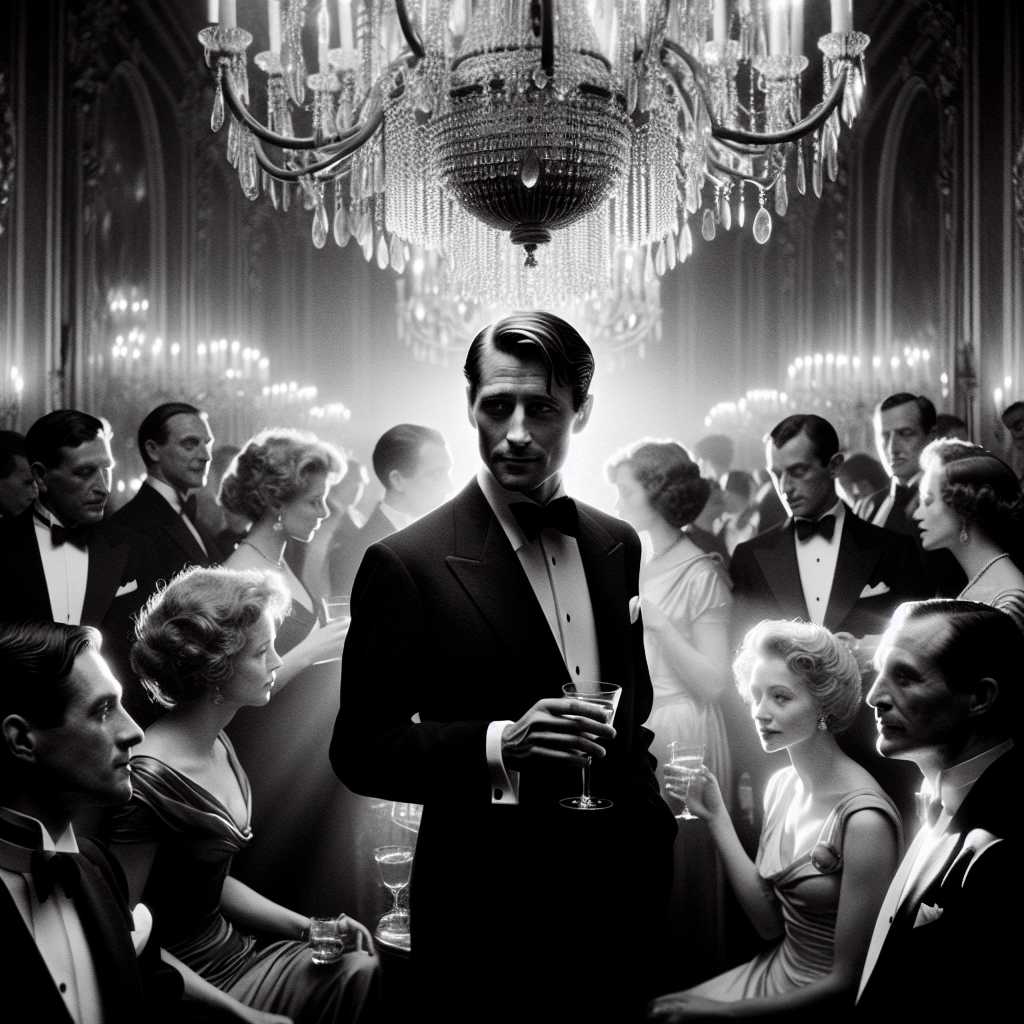The Iconic Feud Between Truman Capote and the Swans of High Society
Truman Capote’s relationships with the glamorous socialites of the 1960s, famously dubbed “the Swans,” encapsulated an era of decadence, literary celebrity, and eventual betrayal. At the center of this swirling social eddy was Capote himself, a pioneering writer and New York fixture known as much for his literary contributions as for his ability to charm and navigate the upper echelons of society. The intensity of the friendship and eventual feud between Capote and the Swans serves as an illustrative story of fame, friendship, and the price of candor within guarded social circles.
Capote: Literary Genius and Social Butterfly
Truman Capote erupted onto the literary scene with his distinct narrative style, keen observation, and a flair for storytelling that was second to none. He achieved early success with his novella “Breakfast at Tiffany’s” (1958) and later solidified his reputation with his pioneering true-crime novel “In Cold Blood” (1966). While his literary prowess afforded him fame, it was his charisma and flamboyant personality that won him entry into Manhattan’s elite social circles.
The Ascent to the Inner Circle
New York City in the ’60s was the epitome of chic sophistication and cultural renaissance. Within this setting, a coterie of high society women became known as Capote’s “Swans.” This group included Babe Paley, Slim Keith, Gloria Guinness, Marella Agnelli, Lee Radziwill, and perhaps most infamously, Barbara “Babe” Paley. They were style icons, philanthropists, socialites and wives of powerful men; veritable goddesses gliding through New York’s rarefied waters upon which Capote found himself a welcome gadfly.
Mutual Benefits: The Writer and the Swans
Initially, the friendship between Capote and the Swans brought mutual advantages. He charmed them not only with gossip but with empathetic companionship that their high-power lifestyle often precluded. Conversely, Capote absorbed their social standing alongside rich experiences in luxury—inspiration no doubt for writing marked by its incisive observation.
High Society and The Unspoken Pact
In rarified social circles where privacy is sainted and gossip a currency, there is an unspoken understanding – discretion above all. Capote’s intimacy with the Swans incorporated this implicit deal; stories they shared so freely with him were understood to be off record, locked away behind Capote’s ever-present mischievous smile.
The Breakdown: ‘La Côte Basque 1965’ and ‘Answered Prayers’
However, Capote’s Cairns-guise held a Pen’s dagger –mMounting renown fed an ego already chaffed by literary ambition and thus spurred disloyalty’s grave error. Eager to break new literary ground yet again, he began work on a roman à clef titled “Answered Prayers,” serialized portions of which heralded immense promise.
When “La Côte Basque 1965,” a tell-all chapter from “Answered Prayers,” was published in Esquire in 1975, shockwaves through high society followed in its wake. The demurely masked “audi autobiographical fiction” bore too clear a resemblance to events and secrets only someone from their inner circle could know. Accuracy hurt most; thinly veiled real-life characters experienced breaches of trust before the eyes of curious America within its passages.
Betrayal’s Bitter Sting
Capote framed his literary betrayal as defiant truth-telling—a needless unmasking absent justification beyond art’s sacrosanct rights. Ironically or deservedly, Capote found swift ostracism from many friends once cherished – ones he subjected under public disclosure’s cruel microscope.
The Final Chapter: Relationships Fractured
The aftermath distilled a sober truth — success procured on others’ demerits might spark briefly skywards but is fated as Icarus’ fall. Babe Paley and others ghosted him definitively. For Capote, loneliness drenched sorrow’s end to glittering Decades’ sojourn; papers ink-dried testimony to friendships sundered for literary folklore – a hollow resonance beyond the printed page.
Notes
*Image Description:*
A black-tie gala captured in the luminescence of black-and-white photography provides a glimpse into the glamorous world once frequented by Truman Capote and his Swans. Amidst opulence evident — grand chandeliers dangling above heads bobbing in sophisticated chatter — stands an image reflective portrayal: A smartly dressed author clutches a drink taken offhandedly charm personified amidst a flock of elegant women reminiscent of a vanished era when whispers commanded rooms louder than actions reassured conceivably your being privy to Truman’s court sans journalist notepad – discreetly observing demigods among mere mortals.*
